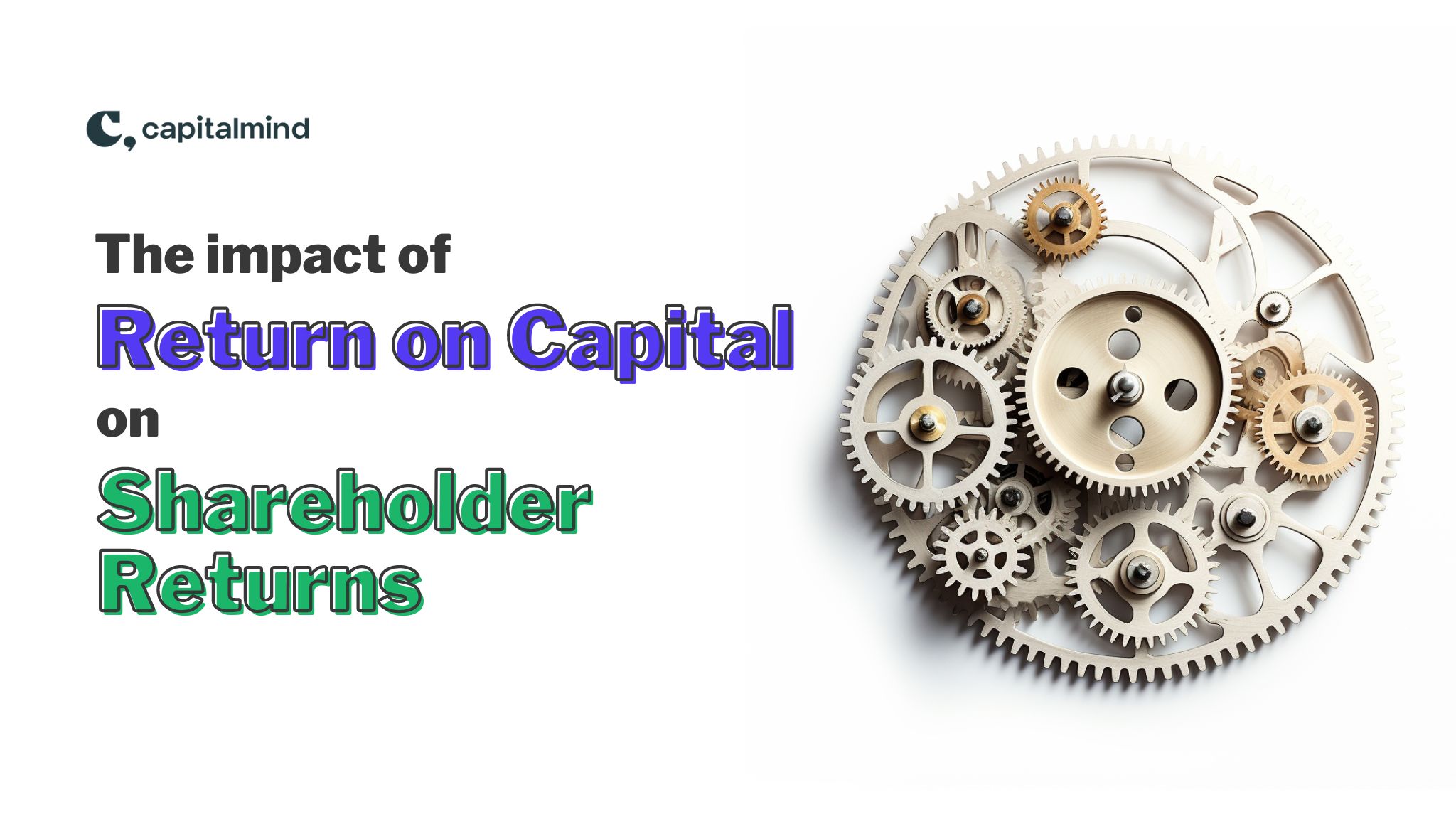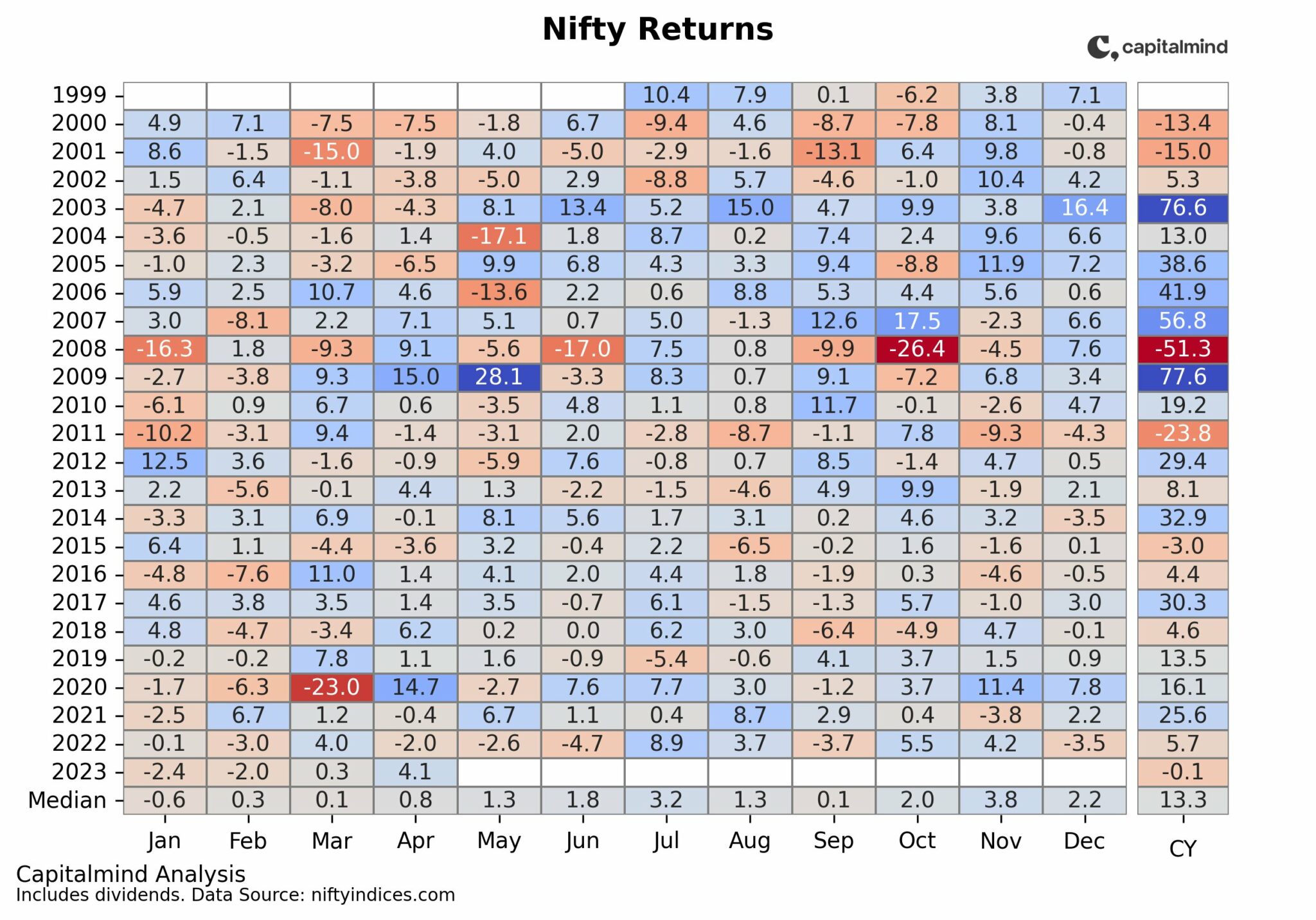Weird thing. Our systems – which end up being short or long, depending on the trend,are doing wonderfully in these markets. In the last couple weeks, we made over 7% and the last two days have been about trading larger capital, with a 0.75% return in that period.
We’ve been working with another system that has closed the month with around 5% return. A third one, that occurs only once in a while, has provided a 29% return in a few days and has provided no other entries.
Meanwhile, my discretionary trade (Long nifty) continues to make losses. I have been adding and rolling over, but it’s tough to fight the feeling that this could be a seriously losing battle. I’m close to stops – stops I thought wouldn’t get triggered but that’s why you have stops. I remain confident about that trade – why else would I stay in – but the wave of selling, and sustained downsides is emotionally challenging.
It’s largely emotions that creates problems with investing. Systems are good that way – you have a certain knowledge of how bad it might get, and you can design systems that work with your risk appetite. Yet, even systems have emotions – unless you constantly research them, you can get into system fear – i.e. running away from tweaking, observing or even training your system because you’re not quite confident of it.
Take trend following. It hasn’t been easy – for a few months, there really were no trends other than really short term ones. Stocks reverted to some levels and stuck there – once in a while they would move around, but get back there. Come october and a down trend sets in – but many trend followers were simply sitting on the sidelines, since they weren’t confident of a system! Mean-reverters who made a killing till now, went all in – and they’re in fairly bad shape. So there’s a time to follow trends, a time to do mean-reversion, and a time for other kinds of strategies. But how do you identify what market works for what?
Is it a function of volatility? Daily option implied volatility or the Average True Range (ATR) specified as a percentage of move? Or do you take the ADX – a directional index? There’s something out there that gives you quantifiable info – not just someone saying “yeah, I think it’s going to trend today”. We have to find this – and I would imagine something like this would reduce risk or improve performance. Any little bit also helps – as long as we keep it simple and don’t over optimise.
Constant research is required . Just because our systems do well shouldn’t mean we give up the research. But we have been guilty of that, and there are plans to fix it. More systems, more work, but hopefully we’ll have alternatives when these systems go down.
An interesting thing we have been hearing from people is that they want us to use systems that have ultra-low risk. Arbitrage. Or mispriced butterfly-able options. Or pair trades. This kind of thing makes absurdly low returns but their deal is to leverage themselves, thus increasing returns. So they would do a single arb trade giving them 0.05%, twenty times a day, which makes 1% a day. Or they lever themselves 10:1 and get their 0.5%. We’ve been looking at such stuff and we realize that too many times, people talk only about their arb successes, not failures. So one day they see the model break down and take away all their profits.
Just recently there was talk of a pair trade of ICICI bank versus SBI – the former being oversold, so the deal was to buy ICICI and sell SBI. And then there was a day when ICICI fell 28% and SBI was UP 4%. Model went into the gutter – and any trade leveraged 4x followed it with complete loss of capital.
But there is a time to arb too – if the returns are decent enough that you don’t have to lever yourself up the wazoo to make the grade. This is one time where everyone and his uncle is doing arb – and thus, diminishing returns for everyone.
Systems need a macro-view; something that tells someone that a certain kind of market is underway. A lot of discretionary traders use such macro-indicators implicitly, sometimes without even knowing it – like gap moves, increasing volumes, number of stocks hitting new highs, the advance decline ratio, or volatility measures. Systems have got to transcend from a micro-analysis to using macros too – something I must test and see.



